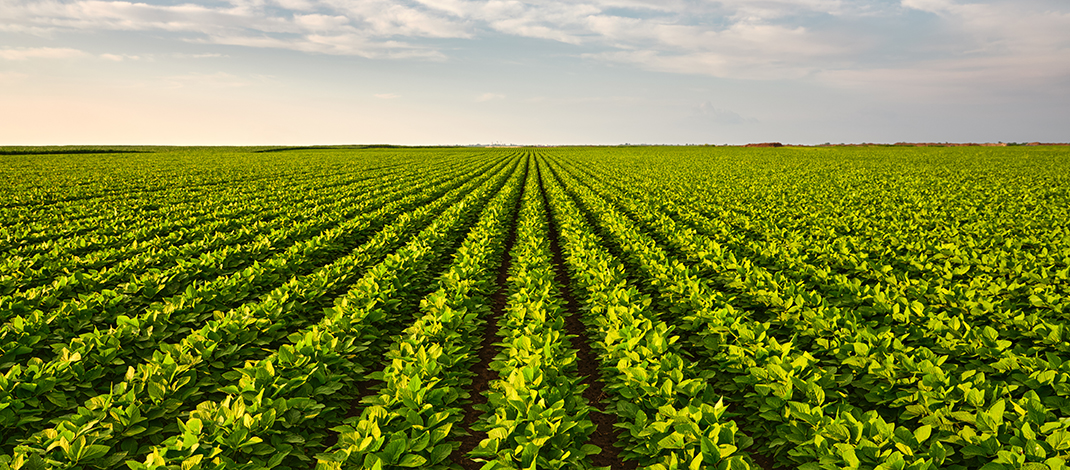As the dairy industry struggles, what type of farming remains?
By Deborah Jeanne Sergeant
On the surface, it appears that agriculture is booming in CNY — and in some ways, it is.
“Central New York is one of the most productive agricultural regions in the state. It is especially known for its dairy, fruit and vegetable production, along with significant row crop production, horse farms and much more,” said Steve Ammerman, spokesman for New York Farm Bureau. “The Central New York region has more than 2,500 farms among Oswego, Onondaga, Cayuga and Madison counties.”
He tallied the market value of the farms in this area at nearly $1 billion.
“That is a significant contribution to the local economy,” Ammerman said. “Besides producing local food, farms provide jobs, support their local businesses and tax base and contribute to the overall quality of life to the region.”
But agriculture as a whole — and including CNY — has changed dramatically in the past two generations and not always in ways that are beneficial to the environment and to farm viability.
A farm used to be an operation run by a family raising a little of everything on their homestead for their own use and selling the surplus to the community.
As modern inventions enabled streamlining farming, the efficiency and high cost of inputs led agriculture into specialization: raising a great quantity of only a few goods or even one type of agricultural commodity.
As dairying has become especially challenging, it’s little surprise that many farms have adopted a “go large or go home” strategy.
Government-mandated pricing has left farmers receiving 1980s prices (around $13 per hundredweight) for decades while farmers paid for ever-rising farm expenses. Many small farms have transitioned into raising beef or another commodity.
In 2022, the state milk price was $26.56 per hundredweight. For many farms, it was too little too late after years of languishing prices.
The number of dairies in CNY rose from 70 in 1981 to 373 in 2023, according to Cornell and USDA, respectively. The number of cows per farm increased from 107 to 373, according to USDA. The data reflects figures for Cortland, Oswego, Onondaga, Madison and Cayuga counties. Current-day farms tend to be larger, which supports greater efficiency and profitability.
In addition to increasing in size, increasing in variety of revenue streams helps the modern farm survive.
Beak & Skiff Apple Farms, Inc. in Lafayette offers a good example. When founded in 1911 by George Skiff and Andrew Beak, the farm only grew apples for the retail and eventually wholesale market, a business plan that carried the farm through the Great Depression and two World Wars. But in 1975, the farm opened to the public what is now its Apple Hill Campus and currently includes a farm store, bakery, cindery, distillery, café, U-pick opportunities, events venue, tasting room, tavern and lodging. The sprawling farm perches above a picturesque valley, an ideal venue for hosting summer concerts and fall programming for children. Making its own value-added products has also added to Beak & Skiff’s revenue stream. Growing hemp and cannabis represent recent additions to the farm.
“Innovation is key,” said Megan Corona, marketing manager for Beak & Skiff. “The more we are able to show our customers our daily behind-the-scenes operation, the more people appreciate that facet of our business. They want to see what we do in all areas where we operate. To continue growing at the pace we like, we always have to innovate and think what’s next.”
Identifying a solid market for farm goods is also essential for farm success. That’s especially true for the highly perishable segment of fresh fruits and vegetables, which must get to market promptly. David von Holtz, owner of EMMI Farms in Baldwinsville, farms more than 400 acres of produce.
“It’s one thing to grow everything and another to bring it to market,” von Holtz said. “You can be the best farmer in the world, but if you have no market for it, it’s not good.”
Von Holtz operates the Baldwinsville Farmers Market and sells at another farm stand in Liverpool. The pandemic has benefited his farm and others in that many people have become more in touch with the source of their food and desire more local goods. Some corporations have not tapped into this trend.
“People are tired of seeing their food coming from overseas,” von Holtz said. He noted that the bagged apple slices at Subway restaurants come from China.
“We’re the greatest apple growing nation in the world,” von Holtz said. “From Niagara Falls to the Rochester area, it’s all apples. Why would Subway get their apples from China?”
He wants more farmers to work at marketing their goods to American companies, as that will help ensure their survival.




